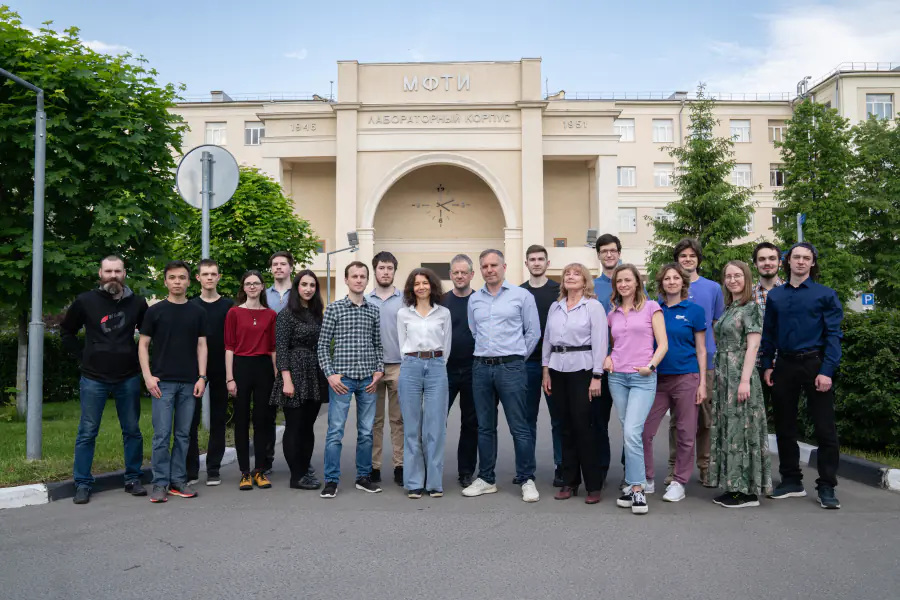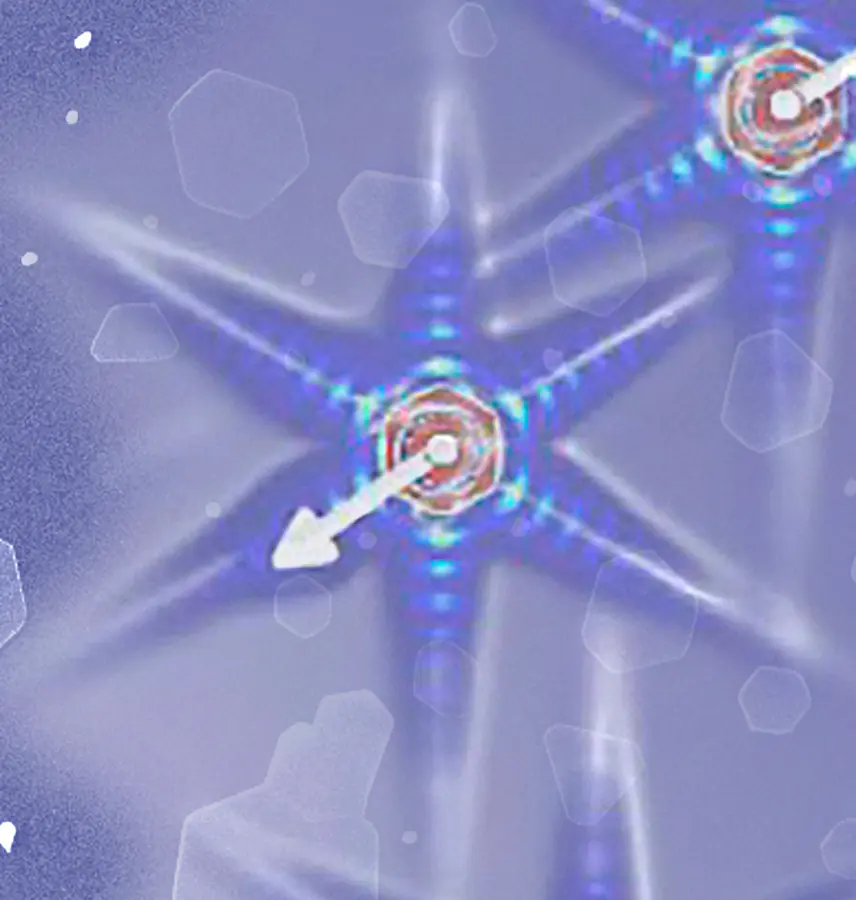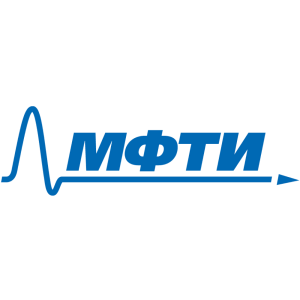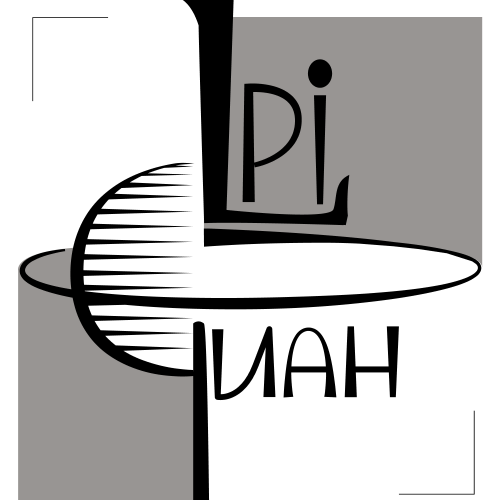Center for Advanced Methods of Mesophysics and Nanotechnology

The MIPT Center for Advanced Mesoscience and Nanotechnology (MIPT Center for Advanced Mesoscience and Nanotechnology) was established in 2021 on the initiative of MIPT graduate, Nobel Prize winner in physics Sir Andrey Geim. The last decades have been marked by significant breakthroughs in the field of the discovery of new functional quantum materials and the implementation of hybrid quantum systems based on them. Among them are the discovery of graphene, high–temperature superconductors, magnetic superconductors, topological insulators and superconductors, the discovery and realization of natural crystalline and artificial multilayer structures with the coexistence of superconductivity and magnetism, the prediction and detection of new surface electronic states with non-trivial properties: Dirac, Weyl and Majorana fermions. These materials and structures, as well as the new effects predicted and discovered in them, are the basis of the new quantum electronics and spintronics of the future. The Center's research is based on modern probe and spectroscopic methods previously developed at MIPT, which are used to study the coherent electronic properties of new materials, low-dimensional self-organized systems, artificial mesoscopic structures and interfaces, hybrid systems with fundamentally different electronic order parameters, topological effects, etc.
Research directions of the Center:
● Topological quantum phenomena in superconducting systems;
● Studying the processes of interface formation at the atomic scale;
● Gate spectroscopy of mesoscopic systems;
● Research on the global properties of nanodevices: electronic transport, mechanical, molecular, etc.;
● Alternative methods for implementing new low-dimensional systems;
● Stabilization of the electronic subsystem by means of a combination of interfaces;
● Scanning techniques for studying the local properties of new materials and devices based on them;
● Research on functional quantum materials;
● Magnetic resonance spectroscopy;
● Quasi-one-dimensional multi-terminal devices.
- Scanning tunneling microscopy
- Magnetic force microscopy
- Electronic transport measurements
- Cryogenic research
- New materials


Research directions
Mesoscopic quantum phenomena in superconducting systems













